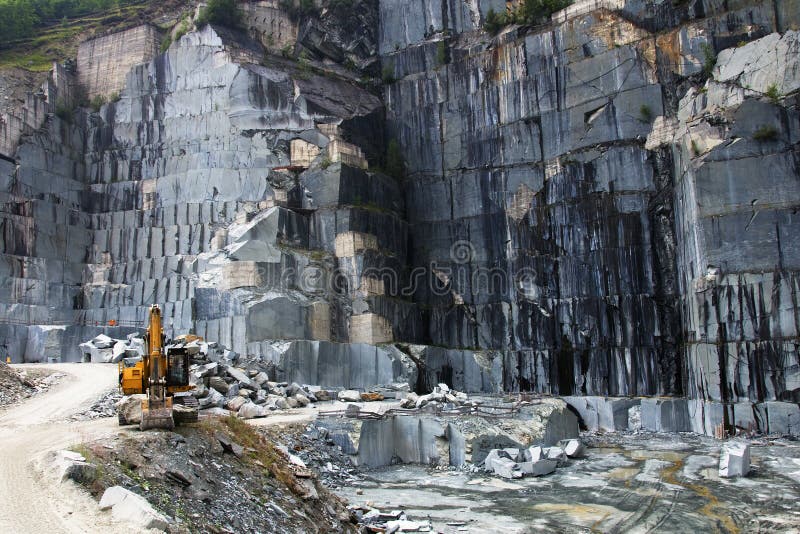The Concealed Treasures: Checking Out Granite Quarries in South Africa
The Concealed Treasures: Checking Out Granite Quarries in South Africa
Blog Article
Unearthing the Rich Background and Lasting Practices of Granite Quarrying
As we stand on the precipice of revealing the detailed tapestry of granite quarrying, a trip via time exposes not just the physical act of drawing out stone yet additionally the social and historical significance woven into the very material of this practice. From the ancient origins that laid the structure for modern quarrying methods to the lasting methods that are shaping the future of this sector, each carve mark on granite surfaces tells a tale waiting to be uncovered (granite quarries in south africa). The tradition of granite quarrying stretches far past mere removal; it is a testimony to human ingenuity, strength, and the enduring allure of this majestic stone
Ancient Origins of Granite Quarrying
Dating back to old worlds, the method of quarrying granite has been an essential component of human history and building improvement. The earliest evidence of granite quarrying dates back to old Egypt, where huge pyramids and intricate sculptures were crafted from this durable rock. The Egyptians made use of primitive devices to draw out granite blocks from quarries, showcasing the value of this product in their significant buildings.
Progressing in history, the Greeks likewise made substantial contributions to the quarrying of granite. The Greeks made use of granite in numerous building marvels, such as holy places and statues, demonstrating their skill in shaping and carving this sturdy rock. The Romans better improved the strategies of quarrying granite, employing advanced tools like knives and hammers to remove and shape granite for their legendary structures.
Through the centuries, the practice of quarrying granite has progressed, with contemporary innovations improving efficiency while preserving the classic appeal of this all-natural rock - granite quarries in south africa. From old people to contemporary building contractors, the tradition of granite quarrying remains to form our globe
Advancement of Quarrying Strategies
The evolution of quarrying techniques has been noted by a constant progression towards higher efficiency and accuracy in removing granite. Early quarrying strategies involved hand-operated labor with basic devices such as blades, hammers, and wedges to remove granite blocks from the planet.
Advancements in computer-controlled devices and 3D modeling have actually optimized quarrying operations, leading to minimal environmental impact and boosted sustainability techniques. As the demand for granite continues to increase, the advancement of quarrying methods remains essential to meeting industry needs effectively and sustainably.
Social Value of Granite
Granite holds a profound cultural importance across various human beings as a result of its long-lasting presence in architectural work of arts and prized monoliths. From the impressive pyramids of Egypt to the complex carvings of the Angkor Wat temple in Cambodia, granite has actually been a product of option for revealing grandeur and durability in social heritage. In ancient Rome, granite columns adorned temples and public buildings, signifying toughness and permanence. The social value of granite prolongs beyond its physical qualities; it personifies durability, security, and eternity, making it a symbol of enduring legacies and practices.

Sustainable Practices in Quarrying
In the middle of the abundant background of granite quarrying and its social significance lies a growing focus on sustainable methods within the industry. As ecological awareness and concerns regarding source deficiency have actually enhanced globally, the quarrying sector has progressively welcomed lasting approaches to reduce its effect on the environment and bordering neighborhoods.

In addition, improvement and recovery of quarry websites post-extraction are integral to sustainable methods. By these details restoring quarried areas to an all-natural or helpful state, such as producing wildlife habitats or recreational spaces, quarriers can offset the ecological footprint of their procedures and add favorably to the neighborhood environment.
Legacy of Granite Quarrying
With a historical backdrop soaked in workmanship and commercial progress, what sustaining influence has granite quarrying left on the landscape of modern culture? The tradition of granite quarrying transcends plain extraction techniques; it has shaped building marvels, metropolitan landscapes, and cultural heritage worldwide. The long lasting nature of granite has actually made it a favored option for monuments, structures, and framework, standing as a testimony to the ability and virtuosity of quarry workers across generations.
Additionally, the economic impact of granite quarrying can not be overlooked. The market continues to provide work chances and drive local economic situations in regions where granite removal prevails. It has actually additionally spurred technological developments in quarrying methods and equipment, causing much more reliable and sustainable techniques.
In regards to sustainability, the heritage of granite quarrying includes initiatives to reduce browse around here environmental influences via recovery tasks and responsible resource administration. By stabilizing financial interests with ecological stewardship, the industry strives to make certain that future generations can proceed to take advantage of this long-lasting natural deposit.
Conclusion

Report this page